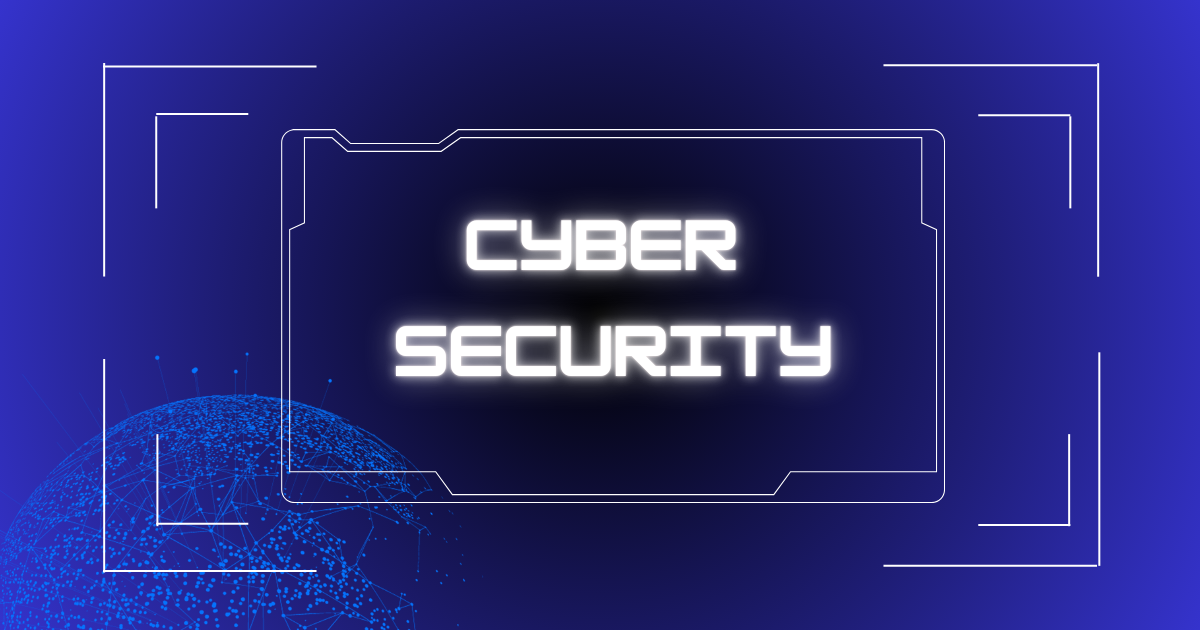Cybersecurity for Tomorrow: Staying a Step Ahead of Emerging Threats

In today’s hyper-connected world, the cybersecurity landscape is evolving faster than ever before. With the rapid advancements in technology, new vulnerabilities emerge alongside opportunities for innovation. By 2025, businesses must adopt proactive measures to stay ahead of increasingly sophisticated cyber threats.
This blog delves into the evolving threat landscape, the challenges organizations face, and the strategies needed to build a resilient cybersecurity framework.
The Evolving Cyber Threat Landscape
As technology progresses, so do the methods used by cybercriminals. Organizations face a barrage of new threats that exploit emerging technologies.
Key Emerging Threats
1. AI-Powered Cyberattacks
- Cybercriminals are using AI to create adaptive malware, execute phishing scams with greater precision, and automate attacks at an unprecedented scale.
2. Ransomware 3.0
- Modern ransomware is more sophisticated, targeting cloud-based systems, supply chains, and critical infrastructure.
3. IoT Vulnerabilities
- With billions of IoT devices connected globally, unsecured endpoints present a lucrative target for attackers.
4. Quantum Computing Risks
- As quantum computing advances, traditional encryption methods could become obsolete, threatening sensitive data security.
Challenges in Modern Cybersecurity
1. Expanding Attack Surfaces
The rise of remote work, IoT, and interconnected systems increases the number of potential entry points for attackers.
2. Skill Shortages
The demand for skilled cybersecurity professionals far outweighs supply, leaving organizations vulnerable due to understaffed security teams.
3. Complex Regulatory Environments
Compliance with evolving regulations like GDPR, CCPA, and others adds layers of complexity to cybersecurity planning.
Building a Resilient Cybersecurity Strategy
1. Leverage AI and Automation
AI-powered tools can detect anomalies, analyze vast amounts of data in real-time, and respond to threats proactively.
- Example: Machine learning models identify unusual network behavior that might indicate a breach.
2. Adopt Zero Trust Architecture
Zero Trust ensures that no entity—internal or external—is trusted by default.
- Best Practices:
- Implement multi-factor authentication (MFA).
- Continuously monitor access and activities.
3. Secure the IoT Ecosystem
Protect IoT devices with robust security protocols, regular updates, and endpoint management solutions.
4. Prepare for Quantum-Safe Encryption
Stay ahead by adopting encryption methods resistant to quantum computing attacks.
5. Train and Educate Employees
Human error is one of the leading causes of security breaches. Regular training programs can help employees recognize phishing scams, use strong passwords, and follow cybersecurity best practices.
6. Implement Incident Response Plans
Having a clear and tested incident response plan ensures quick recovery and minimizes damage after a breach.
The Role of Cybersecurity Partners
Organizations do not need to face these challenges alone. Collaborating with trusted cybersecurity partners like Vistaura can provide the expertise and tools needed to safeguard your business.
How Vistaura Helps:
- Conducting comprehensive security audits.
- Implementing advanced AI-driven threat detection systems.
- Designing and deploying tailored cybersecurity frameworks.
- Providing employee training and awareness programs.
Final Thoughts
In the face of an ever-evolving threat landscape, businesses must adopt a proactive and adaptive approach to cybersecurity. By leveraging cutting-edge technologies, prioritizing employee education, and collaborating with expert partners, organizations can stay one step ahead of emerging threats and ensure long-term security and success.
Is your business prepared for tomorrow’s cybersecurity challenges? Contact Vistaura to build a robust defense strategy tailored to your needs.

